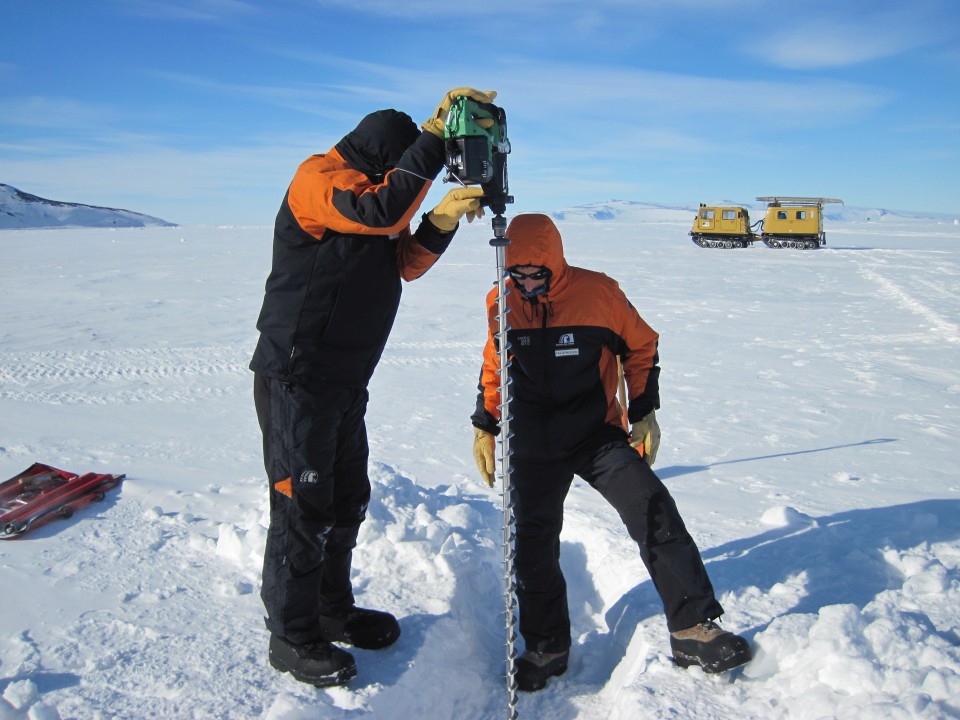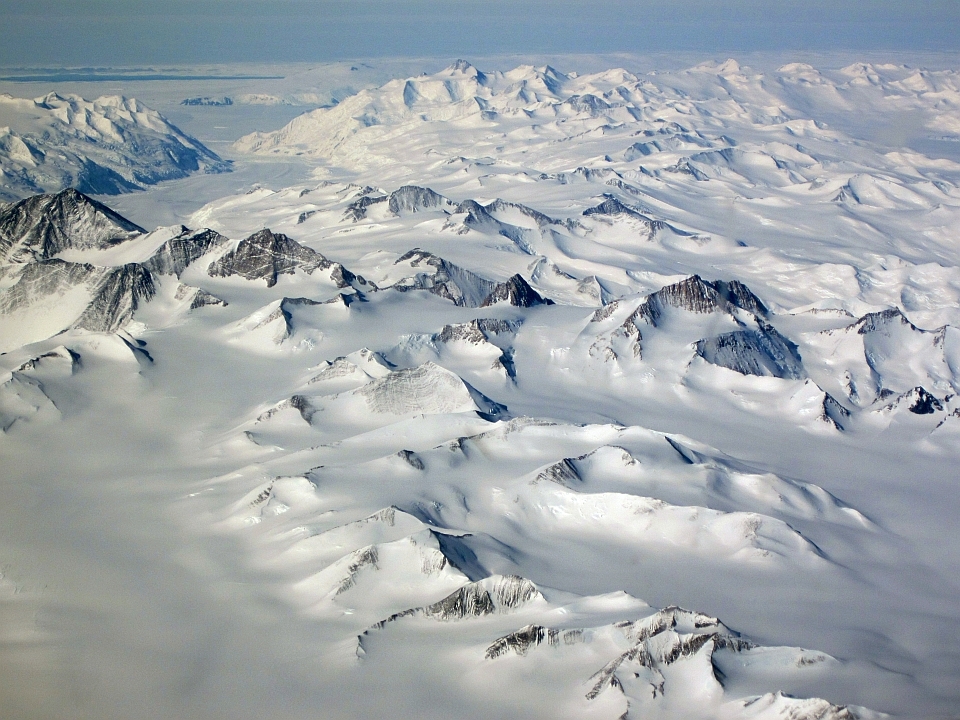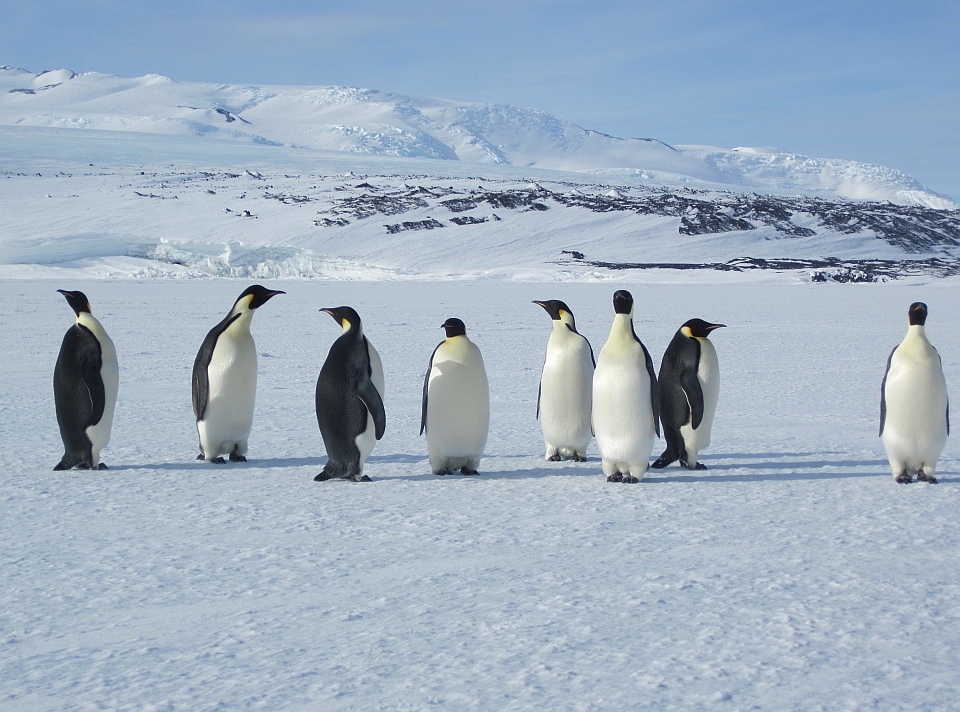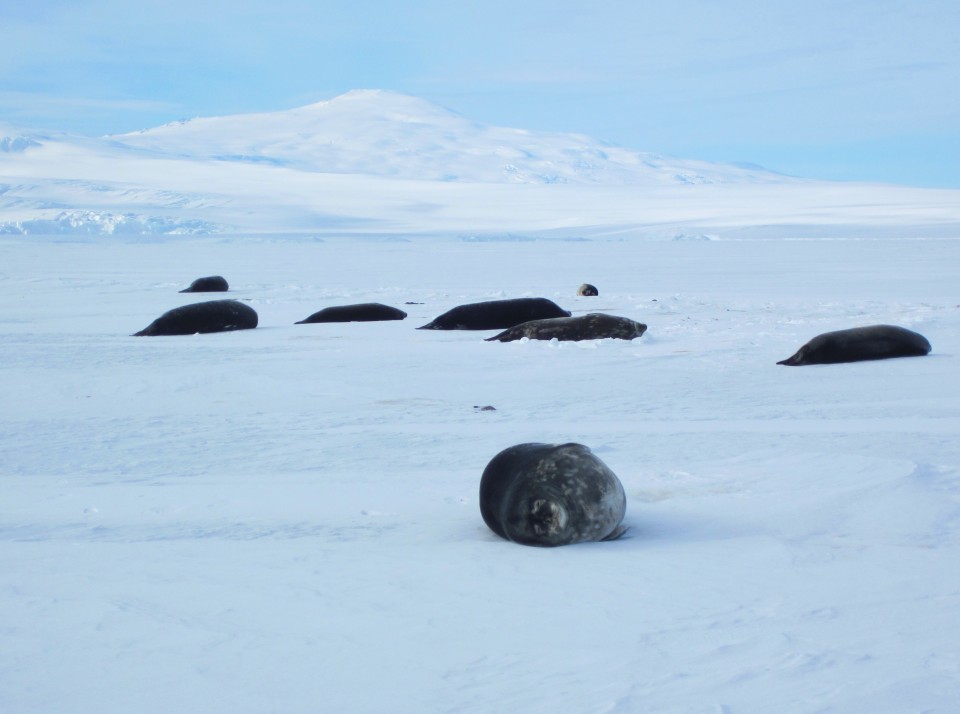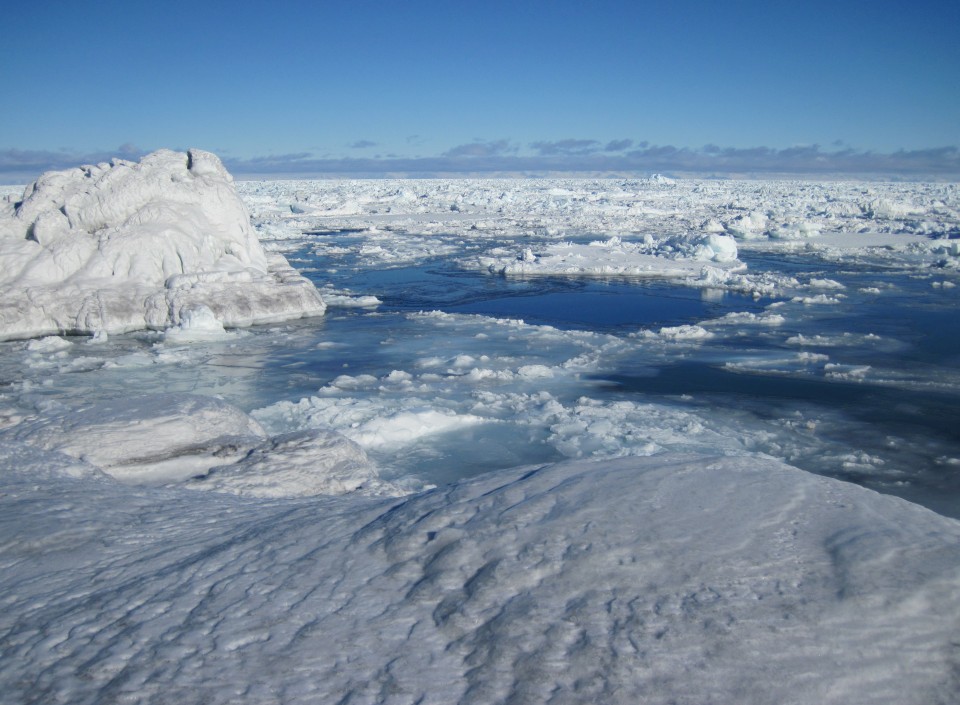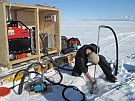Apart from some parts of the Arctic Circle, the West Antarctic Peninsula is one of the fastest warming areas on Earth. The tricky thing to understand is how climate is changing. Because Antarctica is a big place, climate change is not happening at the same rate across the continent. In some places sea ice is increasing while in others, sea ice is decreasing.
Global climate
Antarctica is a powerful heat sink that strongly affects the climate of the whole Earth because;
- It has a large ice sheet covering most of the continent which reflects heat
- Antarctica has a high elevation so cold air flows downwards from high ground
- It is located around the south pole where less of the sun’s energy reaches the surface
- Humidity is reduced as moisture is locked up in ice sheets and sea ice
- Saltier water forms around sea ice as salts drain out of freezing sea water, this saltier water is denser (heavier) so it sinks forming cold oceanic bottom waters that spread out under the world’s oceans.
You could find out about the Antarctic Cirucumpolar Current and the Gulf Stream and their affect on climate.
Both the ice sheet and the sea ice are likely to change if temperatures increase.
What is happening in different parts of Antarctica?
Antarctica is made up of three main regions:
- East Antarctica covered by the East Antarctic Ice Sheet (EAIS)
- West Antarctica covered by the West Antarctic Ice Sheet (WAIS)
- The Antarctic Peninsula
East and West Antarctica are separated by the great Trans-Antarctic Mountains.
The East Antarctic Ice Sheet
The East Antarctic Ice Sheet reaches a height of more than 4,000 metres at its highest and holds the water equivalent of 60 metres of global sea level. Like all ice sheets, the total mass of frozen water that makes up EAIS is the result of a balance between the growth of ice due to snowfall, and the loss of ice due to melting at the edges and the calving of icebergs.
Changes in the "mass balance" of ice are of great concern to scientists because of their impact on sea level. If an ice sheet is growing, it tends to lower sea level due to the extra storage of frozen water; if it is shrinking, it tends to raise sea level. Recent estimates of the changes in the EAIS suggest that it is approximately in balance.
The West Antarctic Ice Sheet
The West Antarctic Ice Sheet makes up about 20 percent of Antarctica's surface area and stores the frozen water equivalent of six meters of global sea level. Despite being only one-tenth the size of EAIS, WAIS is the ice sheet that has scientists worried:
- Firstly, because the average elevation of WAIS is much lower than EAIS, WAIS is not protected from cyclones that circle the continent and transport warm, moist air from lower latitudes. If these cyclones become more frequent or more intense, as many climate models predict, WAIS may become much warmer.
- Secondly and more importantly, WAIS is a marine-based ice sheet. Unlike the mostly land-based EAIS. The bottom of WAIS rests below sea level, and therefore ocean water is always in contact with the edges of WAIS. Studies show that marine-based ice sheets retreat quickly when ocean temperatures rise.
The Antarctic Peninsula
The third region, the Antarctic Peninsula, is a California-sized finger of West Antarctica that extends northward into the Southern Ocean.
The Peninsula is about 4 percent of Antarctica and has a milder climate that is strongly influenced by the ocean that surrounds it on three sides. The northern half of the Peninsula often reaches melting point during the summer months. The landscape is mostly glaciated and mountainous.
The volume of ice on the Antarctic Peninsula is small compared to that of the West and East Antarctic ice sheets. However, due to strong warming, glaciers are retreating and contributing to sea level rise.
The greatest changes in temperature have been recorded on the Antarctic Peninsula. Temperatures here have increased by up to 3° C since 1950.
Impacts
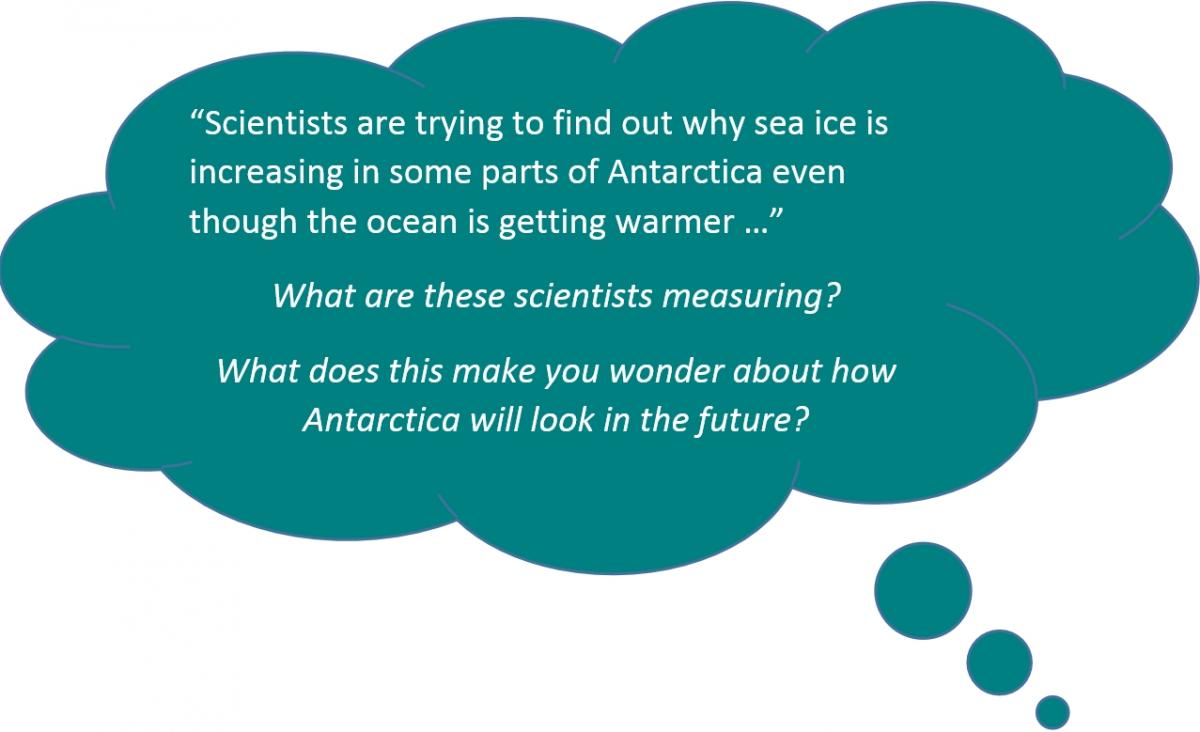
Antarctic wildlife will also be affected by climate change. Krill often feed on algae that live underneath sea ice and krill populations have been declining around the West Antarctic Peninsula as sea ice has decreased.
During this field trip you will be looking at how climate change may affect marine animals living in West Antarctica and how a change in sea ice could affect marine food webs. You will investigate whether sea ice algae is an important source of energy that supports animals living in the Ross Sea, including seals and penguins.

